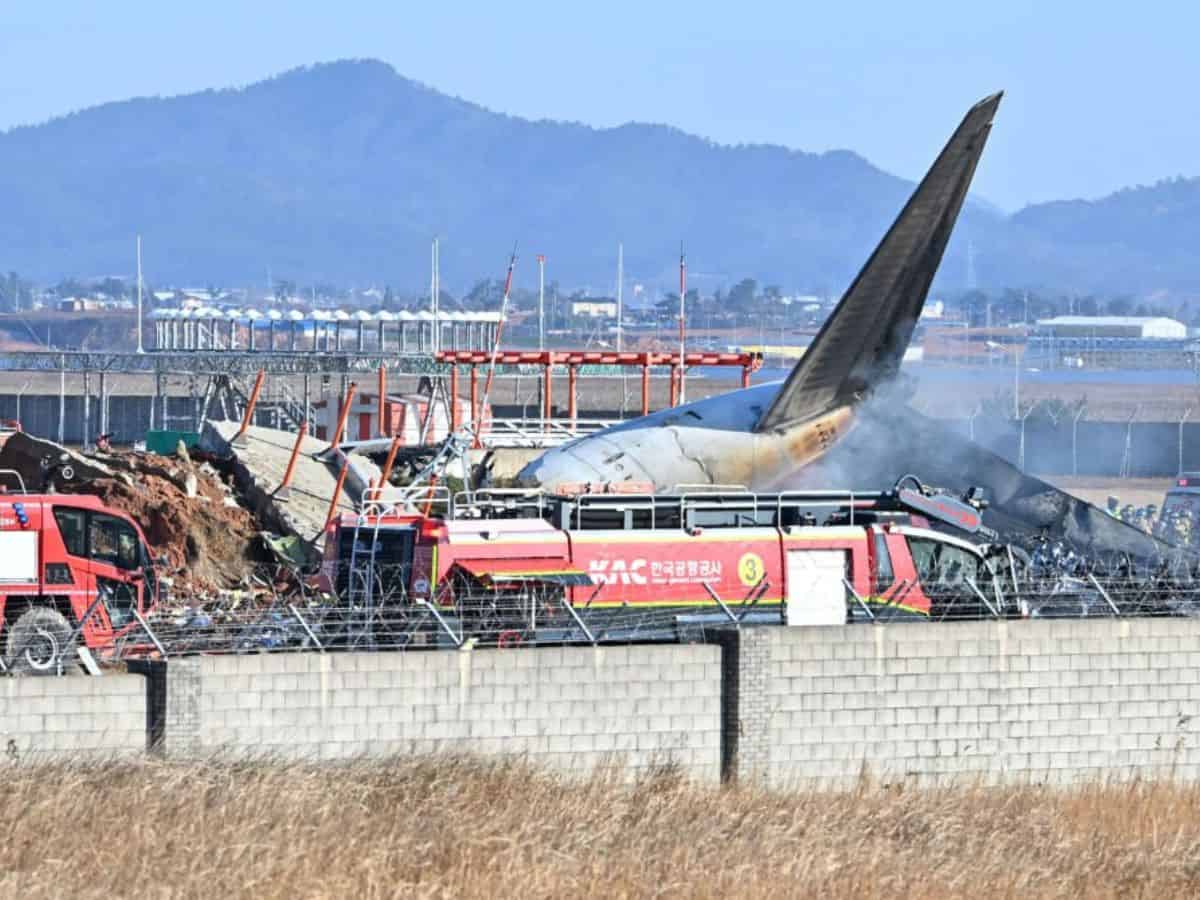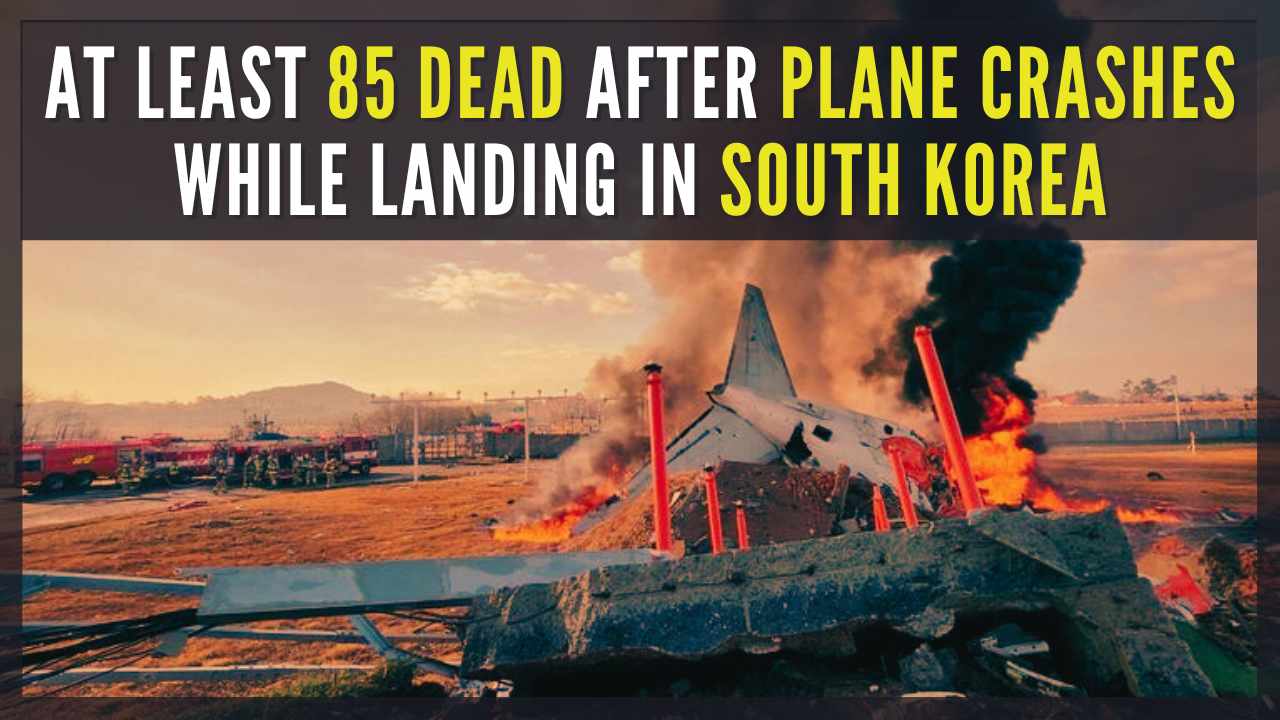South Korea plane travel encompasses far more than just flights; it’s a window into the nation’s robust aviation infrastructure, its rich history, and its ambitious future. From the bustling Incheon International Airport to the major airlines like Korean Air and Asiana, this deep dive explores the key players, significant events, and the ever-evolving landscape of South Korean air travel.
We’ll examine everything from the country’s impressive airport network and safety standards to the impact of tourism and the future of aircraft technology.
This exploration will cover the major airlines, their routes, and business models; delve into notable accidents and their impact; and discuss the crucial role of tourism in shaping the industry. We’ll also look ahead, considering the challenges and opportunities facing South Korean aviation in the coming years, including technological advancements and the country’s aircraft manufacturing sector.
Major South Korean Airlines
South Korea boasts a robust aviation industry, largely driven by its two major flag carriers: Korean Air and Asiana Airlines. These airlines, along with several smaller carriers, connect South Korea to destinations worldwide, playing a vital role in the country’s economic and social fabric. Understanding their history, business models, and fleet capabilities is crucial to comprehending the overall landscape of South Korean aviation.
Thinking about South Korean air travel safety? It’s a serious matter, and while incidents are thankfully rare, it’s worth remembering that even the safest systems can fail. For instance, check out this report on a recent plane crash in Halifax to see how unexpected things can happen. This highlights the importance of robust safety protocols, something South Korea’s aviation industry prioritizes.
Korean Air and Asiana Airlines: A Historical Overview
Korean Air, established in 1962, holds the distinction of being South Korea’s oldest and largest airline. Key milestones include its initial international flights to Tokyo and Hong Kong, the introduction of wide-body aircraft, and its steady expansion into a global network. Asiana Airlines, founded in 1988, rapidly gained market share with its focus on modern fleet and customer service.
Its rapid growth saw it become a significant competitor to Korean Air, expanding its international network and earning a strong reputation for its service quality.
Korean Air and Asiana Airlines: Business Models and Market Strategies
While both airlines operate in a similar market, their strategies differ. Korean Air has historically focused on a full-service model, offering a comprehensive range of services including extensive in-flight meals and extensive loyalty programs. Asiana Airlines, while also a full-service carrier, has often emphasized a more modern and technologically advanced approach, prioritizing efficiency and in-flight entertainment. Both airlines have adapted to changing market demands, offering various fare classes to cater to different customer segments.
Ever seen a South Korean plane soaring through the sky? It’s a pretty impressive sight, much like the skillful hand-eye coordination needed for gonggi game , a traditional Korean game. Think of the precision involved – tossing and catching those small pebbles requires focus, just like piloting a large aircraft demands intense concentration and expertise. So next time you see a South Korean plane, remember the intricate skill involved in both flying and playing gonggi.
Fleet Size and Destinations of Major South Korean Airlines
The following table summarizes the fleet size and primary destinations of the largest South Korean airlines. Note that fleet sizes and destinations are subject to change.
| Airline Name | Fleet Size (Approximate) | Major Hub Airport | Top International Destination |
|---|---|---|---|
| Korean Air | 170+ | Incheon International Airport (ICN) | Los Angeles (LAX) |
| Asiana Airlines | 80+ | Incheon International Airport (ICN) | San Francisco (SFO) |
| Jin Air (LCC) | 30+ | Gimpo International Airport (GMP) | Various Southeast Asian destinations |
| Air Busan (LCC) | 30+ | Gimhae International Airport (PUS) | Various East Asian destinations |
South Korea’s Aviation Infrastructure

South Korea’s aviation infrastructure is a key component of its economic success. The country’s well-developed airports and advanced air traffic control systems are crucial for facilitating both domestic and international air travel.
Major Airports in South Korea

Incheon International Airport (ICN), consistently ranked among the world’s best, serves as the primary international gateway for South Korea. Its high passenger volume, extensive runway capacity, and advanced facilities showcase the country’s commitment to aviation infrastructure development. Gimpo International Airport (GMP) primarily handles domestic flights and some regional international routes. Other major airports, like Gimhae International Airport (PUS) and Jeju International Airport (CJU), serve regional and tourist traffic.
Air Traffic Control and Safety Regulations
Korea’s air traffic control system utilizes advanced technology to manage the high volume of air traffic, ensuring safety and efficiency. Stringent safety regulations, aligned with international standards, are strictly enforced to maintain high safety levels. Regular audits and inspections are conducted to guarantee compliance and continuous improvement in safety procedures.
Future Development Plans for South Korean Airports

Ongoing expansion and modernization projects are underway at major airports to accommodate the growing demand for air travel. These plans include increasing runway capacity, improving passenger handling facilities, and incorporating sustainable technologies to minimize environmental impact. Future developments may also involve the construction of new airports or the expansion of existing regional facilities to better serve specific areas of the country.
Notable Events in South Korean Aviation History
While South Korea boasts a strong safety record, significant aviation incidents have shaped the industry’s development and safety regulations. These events have led to improvements in safety protocols and technological advancements.
Significant Aviation Accidents and Incidents
- Event: Korean Air Lines Flight 007 Incident; Date: September 1, 1983; Airline: Korean Air Lines; Description: A passenger jet was shot down by the Soviet Union, resulting in significant loss of life and impacting international relations.
- Event: Asiana Airlines Flight 214 Accident; Date: July 6, 2013; Airline: Asiana Airlines; Description: A Boeing 777 crashed during landing at San Francisco International Airport, resulting in casualties and prompting investigations into pilot training and safety procedures.
These incidents, among others, have led to stricter safety regulations, enhanced pilot training programs, and a greater focus on accident investigation and prevention.
Technological Advancements in South Korean Aviation, South korea plane
South Korea has invested significantly in technological advancements in aviation, including the implementation of advanced air traffic management systems and the adoption of newer, more fuel-efficient aircraft models. Continuous research and development in areas like aircraft maintenance and flight safety contribute to the country’s aviation sector competitiveness.
The Impact of Tourism on South Korean Air Travel
Tourism plays a significant role in the growth of South Korea’s aviation industry. The increasing number of international tourists directly contributes to the demand for air travel, impacting both the number of flights and the types of aircraft used.
Tourism and Air Passenger Numbers
A strong correlation exists between tourist arrivals and air passenger numbers. As tourist arrivals increase, so does the demand for air travel, leading to increased flight frequencies and the introduction of larger aircraft to accommodate the passenger volume. (Illustrative chart would show a positive correlation between the two metrics over time).
Aircraft Used for Tourist Flights
Wide-body aircraft, such as the Boeing 777 and Airbus A330, are commonly used for international tourist flights due to their high passenger capacity. Smaller aircraft, including regional jets, are used for domestic tourist flights and shorter international routes.
The Future of Air Travel in South Korea
The future of air travel in South Korea presents both challenges and opportunities. The industry needs to adapt to changing technological advancements and market dynamics to maintain its competitiveness.
Challenges and Opportunities

The most pressing issues facing the South Korean aviation industry include increasing competition from low-cost carriers, the need for sustainable aviation practices, and managing the growth of air traffic to maintain safety and efficiency. Furthermore, adapting to fluctuating global economic conditions and potential geopolitical instability pose significant challenges.
South Korea’s aviation industry is booming, with countless planes taking to the skies daily. Thinking about the sheer number of people involved reminds me of the desperate players in player 001 squid game , each facing their own high-stakes game. Just like those players, air travel requires precision and careful planning to ensure everyone reaches their destination safely.
The complexities of flight planning are a fascinating parallel to the intricate games in the show.
Projected Growth of Air Travel
Considering projected economic growth and the increasing popularity of South Korea as a tourist destination, the air travel industry is expected to experience continued growth in the coming years. Technological advancements, such as the adoption of more fuel-efficient aircraft and advanced air traffic management systems, will play a key role in this growth.
Future Aircraft Technologies
South Korean airlines are likely to adopt future aircraft technologies like electric or hybrid-electric propulsion systems to reduce their carbon footprint and improve fuel efficiency. Advancements in materials science and aircraft design will also contribute to more efficient and sustainable air travel.
South Korean Aircraft Manufacturing: South Korea Plane
While not as prominent as some other nations, South Korea has a growing presence in aircraft manufacturing and maintenance. Several companies contribute to the global aerospace industry.
Major Companies and Their Contributions
Companies like Korea Aerospace Industries (KAI) play a significant role in the design, manufacture, and maintenance of aircraft and aircraft components. They contribute to both military and commercial aviation sectors, though their global market share remains relatively modest compared to larger international players. They focus on building regional jets and contributing to larger aircraft production through component manufacturing.
Global Competitiveness
South Korean aircraft manufacturers face stiff competition from established international players. Their focus on niche markets, such as regional jets and specialized components, helps them carve out a position in the global aerospace industry. Continued investment in research and development and strategic partnerships are crucial for enhancing their global competitiveness.
Summary
South Korea’s aviation sector stands as a testament to the country’s economic growth and technological prowess. From its world-class airports to its internationally recognized airlines, South Korea’s air travel industry is dynamic and forward-looking. Understanding its history, current state, and future trajectory provides valuable insight into a key component of the nation’s global presence and its continued economic success.
The challenges ahead, though significant, are being met with innovation and strategic planning, ensuring South Korea maintains its position as a leading player in the global aviation market.
FAQ Corner
What are the main safety regulations for South Korean airlines?
South Korean airlines adhere to stringent international safety standards, overseen by the Ministry of Land, Infrastructure, and Transport. These regulations cover maintenance, pilot training, and operational procedures.
How does South Korea compare to other countries in terms of aviation safety?
South Korea consistently ranks highly in global aviation safety rankings, reflecting its robust regulatory framework and commitment to safety protocols.
Are there any low-cost carriers operating in South Korea?
Yes, several budget airlines operate within South Korea and on international routes, offering more affordable travel options.
What is the process for obtaining a visa to fly into South Korea?
Visa requirements vary depending on your nationality. Check the South Korean embassy or consulate website for your country’s specific requirements.
